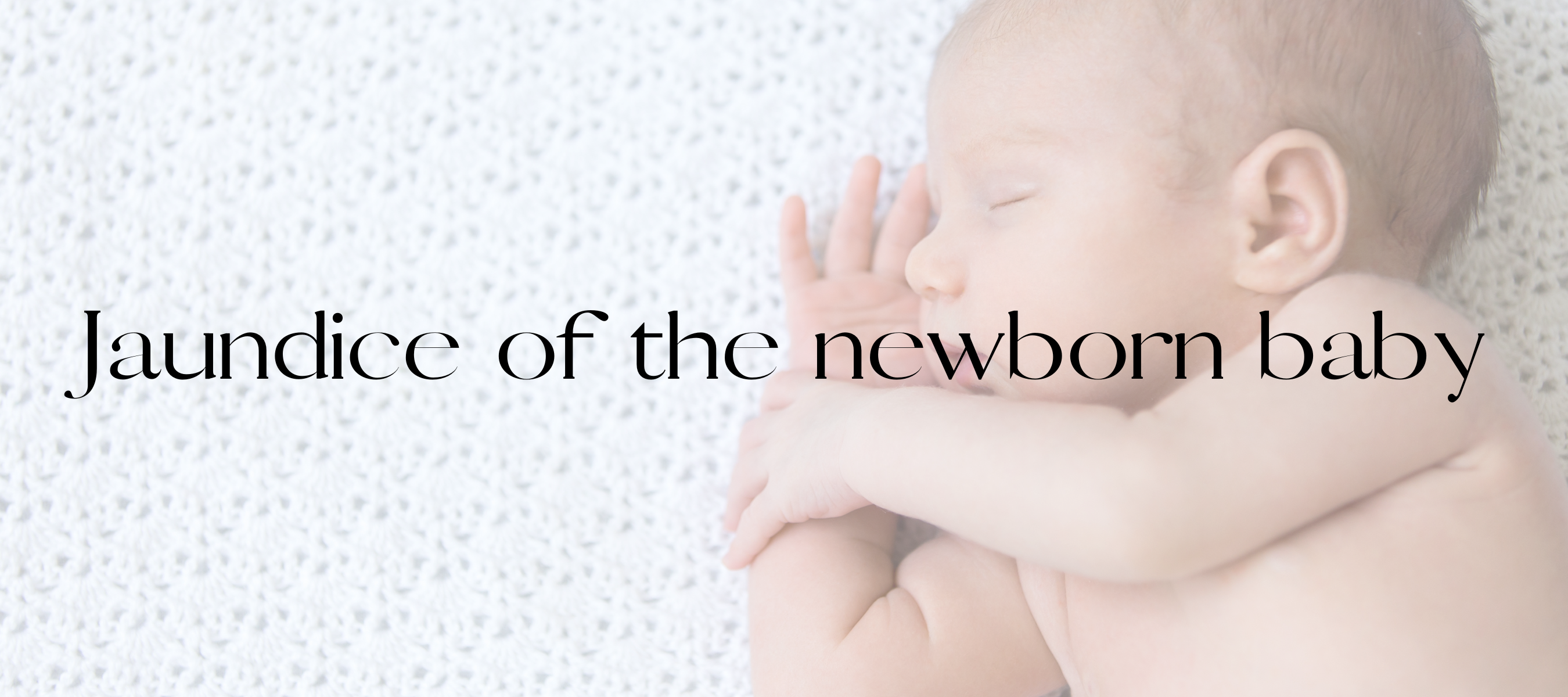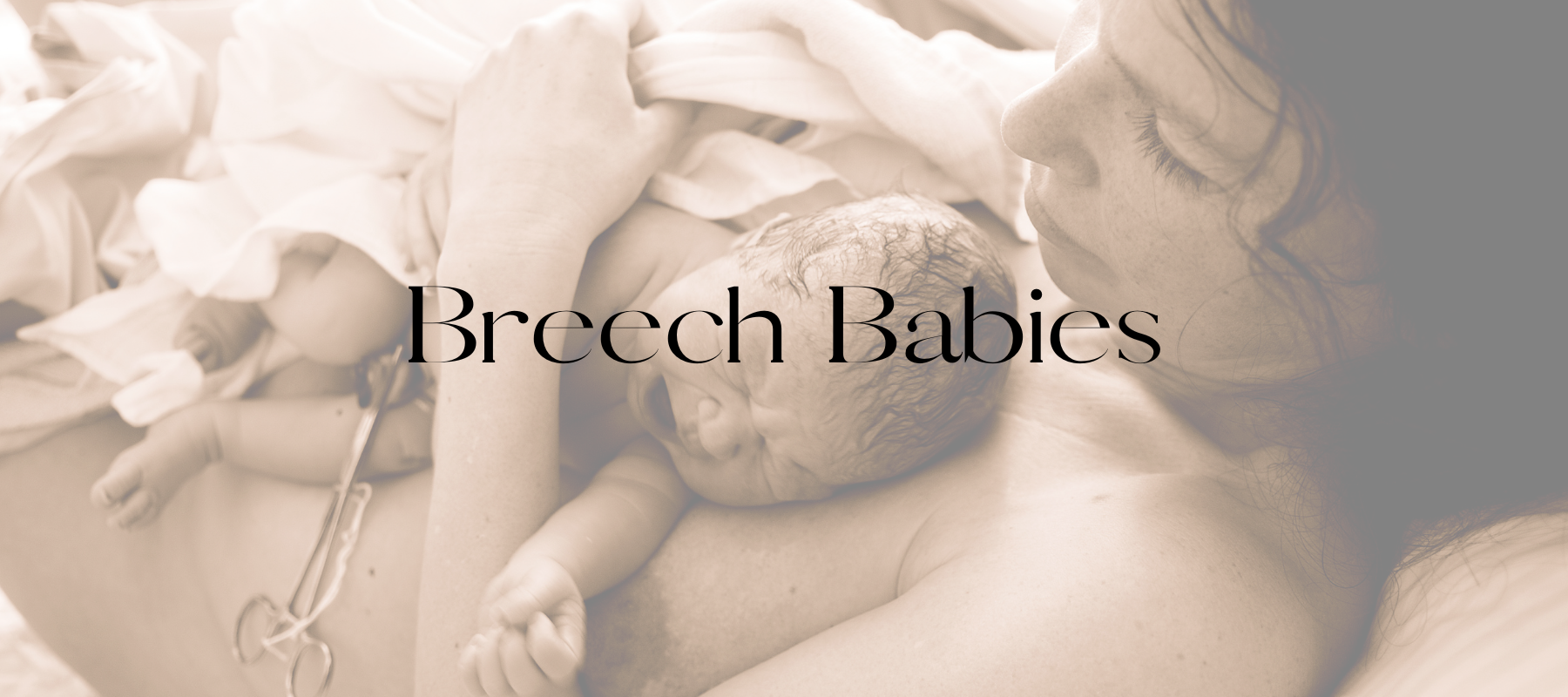How common is jaundice in a newborn baby?
Jaundice in the newborn is very common and affects up to 60% of full term and 80% of preterm babies within the first week of life. Jaundice in a newborn presents as a yellow tinge to the baby's skin and whites of the eyes and occurs as a result of a buildup of bilirubin. Bilirubin is a byproduct which is produced when old red blood cells break down. Normally the liver processes bilirubin and flushes it out of the body via the stool, but in newborns, particularly premature newborns, the liver can be immature and not working to its full capacity, hence a buildup occurs within the baby's blood and this reflects in the baby's colouring.
What are the signs of jaundice?
- Yellow colouring to baby's skin and eyes.
- Very sleepy, making it hard to feed baby, as they have difficulty staying awake.
- Dark coloured urine.
- Pale stool.
Are there any risk factors for jaundice?
- Prematurity
- ABO incompatibility (Conflict between mother and baby's blood groups).
- History of siblings with jaundice
- Bruising caused from instrumental birth
- Sepsis
- Dehydration or insufficient feeding.
How is jaundice diagnosed?
If jaundice is suspected by the colour of the baby's skin, a test may be performed using a Transcutaneous Bilirubinometer (TCB) to determine the level. The TCB is placed on the baby's skin and gives a non-invasive reading of the approximate jaundice level. If the reading is high an SBR blood test may be required.
An SBR blood test is completed by a heel prick test where a sample is taken for pathology to give a more accurate reading of the jaundice level. Other tests may be ordered at the same time to determine the cause of the jaundice, such as a FBE and Coombs.
These results are then plotted on a graph specific to the baby's gestation and this will determine the need for treatment.
Can jaundice be treated?
Treatment of jaundice will depend on the severity of the bilirubin level. For some it is fine to monitor, and increase oral intake but for others phototherapy may be required. If left untreated, severe jaundice can cause a serious condition known as kernicterus – permanent brain damage. So regular screening/symptom monitoring is important.
Phototherapy for jaundice: This type of treatment uses a blue light to help break down the unconjugated bilirubin into a water soluble byproduct that can then be excreted as it normally would out of the stool. This blue light therapy can be done by either placing the unclothed baby into a warm isolette surrounded by the phototherapy light or by wrapping the baby in a phototherapy blanket (also known as a biliblanket). Levels are then repeated at the medical team's discretion to ensure they are improving.
Exchange therapy for jaundice: Very rarely in severe cases of jaundice exchange therapy may be required. This treatment requires some of a baby’s own blood to be replaced with compatible fresh blood but is only used when there is significant threat to babies health and phototherapy is not enough.
References:
The Raising Children Network (2024) Available at: Jaundice in newborns | Raising Children Network
RCH - Phototherapy for neonatal jaundice. (2022). Available at: Nursing guidelines : Phototherapy for neonatal jaundice
Martin, G. I., & Rosenfeld, W. (2019). Common Problems in the Newborn Nursery. Edited by M. Gilbert and R. Warren. Basel: Springer nature Switzerland. Pgs 61-70.



